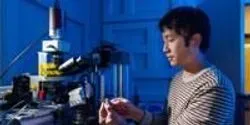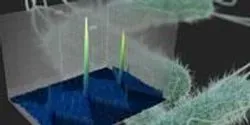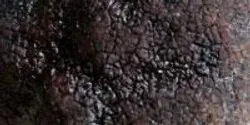News

In the early 1990s, when Wallace H. Coulter – legendary scientist and inventor of a device to rapidly count cells – was elected as a fellow of the American Institute for Medical and Biological Engineering (AIMBE), he was unable to attend the meeting to accept the nomination. Rather than mail the award to him, Georgia Tech’s Robert Nerem, who was AIMBE’s president at the time, hopped on a plane from Atlanta and flew to Miami to present Coulter with the award in person.

Stanford University researchers have received Bio-X funding to develop a tiny moving probe to study the mechanical properties of sensory cells in the ear. Their research could lead to new treatments for hearing loss, and the probe may advance other scientists’ research as well.

Arizona State University scientists have developed a microfluidic chip, which can sort good germs from bad.

Renewable energy sources such as wind-powered generators can be more reliable and efficient by better controlling the process of getting electricity onto the power grid, according to a United States patent based on research by Dr. Shuhui Li, associate professor of electrical and computer engineering at the University of Alabama.

A chemical system developed by researchers at the University of Illinois at Chicago can efficiently perform the first step in the process of creating syngas, gasoline and other energy-rich products out of carbon dioxide.















